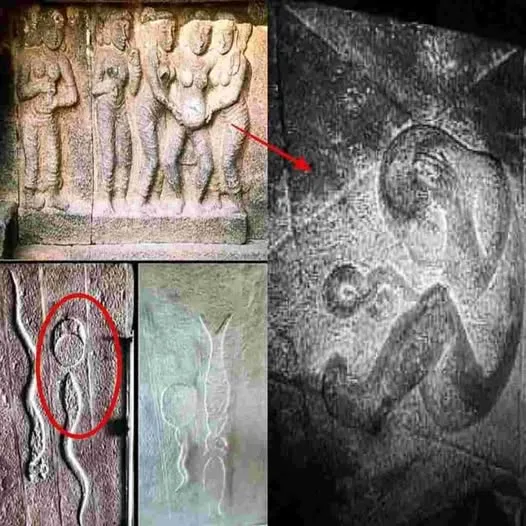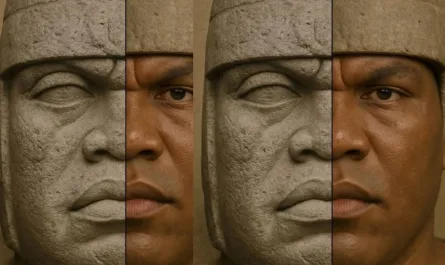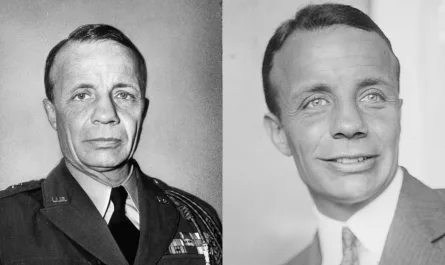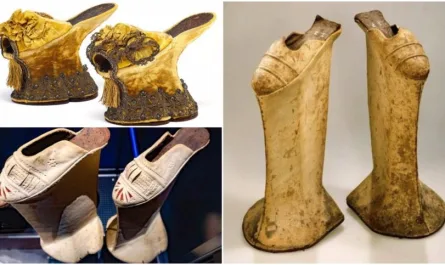The science of fertilization, as we know it today, relies heavily on microscopes to reveal the intricate dance of sperm and egg. But did you know that ancient Indians, without access to such technology, developed a surprisingly sophisticated understanding of conception and embryology? Through keen observation, logical deduction, and a holistic worldview, their insights—preserved in texts like the Vedas, Upanishads, and Ayurveda—offer a glimpse into a remarkable blend of science and philosophy. Let’s dive into the fascinating facts about how ancient Indians understood fertilization thousands of years ago!

1. The Union of “Seeds”: A Core Concept
Ancient Indian scholars, particularly in Ayurvedic texts like the Charaka Samhita and Sushruta Samhita (circa 600–100 BCE), described conception as the union of male and female “seeds.” The male seed, called shukra (semen), and the female seed, referred to as shonita or artava (menstrual blood or ovum-like essence), were seen as essential for creating an embryo (garbha). The Charaka Samhita (Sharirasthana) explains that when these two elements combine in the womb, influenced by factors like diet, health, and even spiritual conditions, a new life begins.
While they couldn’t see sperm or ova, their inference of dual contributions from both parents was a brilliant leap, showing an intuitive grasp of fertilization’s fundamentals.
2. Embryology: Mapping the Miracle of Life
The ancient Indians didn’t stop at conception—they meticulously documented the stages of embryonic development. The Garbha Upanishad (circa 1000 BCE or later) outlines how the fetus evolves over months, noting that it takes shape in the first month and develops sensory organs by the fifth. This aligns surprisingly well with modern embryology!
Ayurvedic texts also integrated metaphysical ideas, describing the embryo as a blend of the five elements (panchamahabhuta—earth, water, fire, air, ether) and consciousness (atman). This holistic view tied physical development to spiritual essence, offering a unique perspective on life’s origins.
3. Heredity: An Early Glimpse at Genetics
Long before DNA was discovered, ancient Indian texts hinted at heredity. The Sushruta Samhita suggests that a child’s physical and mental traits are influenced by the qualities of their parents’ reproductive fluids. For instance, a healthy shukra and artava could produce a robust child, while imbalances might lead to weaknesses. Some texts even speculated that the ratio of male to female seed could determine the child’s sex—an early attempt to explain gender determination.
4. Reproductive Health: Practical Wisdom
Ayurveda’s practical approach to fertility is equally impressive. Texts like the Ashtanga Hridayam detail factors affecting conception, such as the health of reproductive fluids, diet, lifestyle, and even the timing of intercourse. The Sushruta Samhita describes the menstrual cycle and identifies fertile periods, showing an empirical understanding of ovulation without modern terminology.
Ancient physicians also addressed infertility, prescribing treatments to balance bodily humors (doshas) or improve reproductive health. This focus on holistic wellness underscores their advanced approach to reproductive science.
5. Metaphors and Myths: Seeds in Fertile Soil
The Rigveda and other Vedic texts use vivid agricultural metaphors, comparing conception to planting a seed in fertile soil (the womb). This imagery reflects an intuitive understanding of fertilization as a process requiring a nurturing environment. In mythological texts like the Mahabharata, stories of miraculous births—like the Kauravas emerging from pots (kumbha)—suggest imaginative explorations of assisted reproduction, though these are largely symbolic.
6. Limitations and Context
Without microscopes, ancient Indians relied on gross anatomy, observation of bodily fluids, and logical inference. Their understanding, while advanced, lacked the cellular precision of modern science. Their theories were also deeply intertwined with philosophy, incorporating concepts like karma and the soul, which differ from today’s empirical approach but reflect a broader worldview.
Interestingly, similar insights existed in other ancient cultures, like Greece and China, but India’s Ayurvedic tradition stands out for its systematic documentation in medical texts that influenced later traditions.
Fascinating Tidbits
-
Early Embryology: The Garbha Upanishad’s description of fetal development is strikingly close to modern timelines.
-
Vital Essences: Semen and menstrual blood were considered among the body’s most vital substances, akin to life force.
-
Surgical Insights: The Sushruta Samhita includes reproductive anatomy and surgical techniques for fertility issues, showcasing practical expertise.
-
Symbolic Stories: Myths of divine births hint at creative thinking about reproduction, blending science with imagination.
Exploring the Sources
Want to dig deeper? Check out translations of the Charaka Samhita, Sushruta Samhita, or Garbha Upanishad for firsthand insights. Scholarly works like Dominik Wujastyk’s A History of Indian Medicine offer modern analyses, while academic journals (e.g., Indian Journal of History of Science) provide detailed studies. On the X platform, you’ll find discussions about ancient Indian science, but be cautious—some posts exaggerate claims. Always cross-reference with primary texts or reputable sources.
Conclusion: A Legacy of Insight
Ancient Indians, through keen observation and deductive reasoning, developed a profound understanding of fertilization and embryology without microscopes. Their insights, preserved in Ayurvedic and Vedic texts, blend empirical knowledge with philosophical depth, offering a testament to their intellectual prowess. From the union of “seeds” to detailed embryonic stages, their contributions remain a fascinating chapter in the history of science.
What do you think about these ancient insights? Share your thoughts or let me know if you’d like to explore a specific aspect further!





